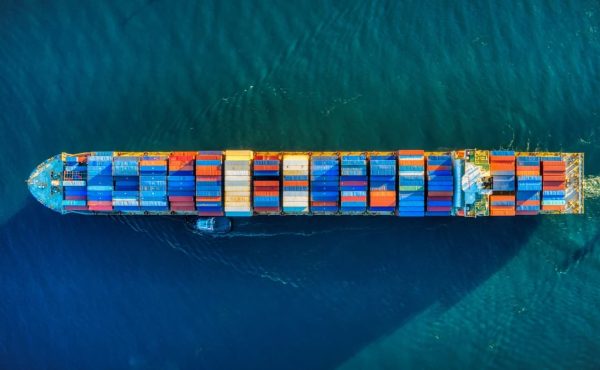How to plan the best international route for your exports
In an increasingly interconnected world, exporting goods internationally has become a necessity for many companies. However, to ensure success in this process, it is essential to plan the shipping route carefully.
It is not just a matter of plotting out the route our goods will follow on a map to another country or continent by truck, train, ship, or plane. A number of variables and characteristics that affect the transportation of goods from origin to destination must be taken into account. There are a few steps that can be followed to achieve good planning:
- Research and analysis: Before planning the export route, thorough research is essential. Understanding customs regulations, tariffs, import restrictions and labeling requirements is essential. In addition, assessing the opportunities and challenges associated with air, sea or land transportation will allow you to select the best transportation option for your company’s needs.
- Selection of the mode of transport: Once the market analysis has been conducted, it is important to choose the most appropriate mode of transport for shipment. Land transport offers advantages in terms of time and flexibility for nearby destinations, whereas air transport is fast and efficient for urgent shipments. On the other hand, sea transport is highly cost-effective for bulky and long-distance shipments. The choice of the appropriate mode of transport should be based on considerations such as the type of product, the speed required, the cost and the available infrastructure.
- Consideration of triangular operations: In many cases, triangular operations can be beneficial to optimize international logistics. These operations involve the direct shipment of goods from the country of origin to a third country, where some additional processing is carried out before being sent to the final destination. This strategy can help reduce costs, avoid tariff barriers, and optimize the supply chain in the planning we carry out.
- Implementation of multimodal transportation: Multimodal transport combines different modes of transport in a single logistics operation. This option offers flexibility and efficiency by drawing on the strengths of each mode of transport. For example, land transport can be used to bring cargo from the place of origin to a port on the coast, where it is transferred to sea transport for the international voyage on a container ship. Land transport can then be used again to carry the cargo from the destination port to its final location. The implementation of multimodal transport optimizes costs, delivery times and cargo safety.

Secure and transparent company for exporting abroad
In order to plan a route that involves the lowest economic cost and the greatest speed without sacrificing values such as transparency, safety, sustainability, or traceability, it is essential to have a logistics operator to help us in every step of the process of exporting products and goods.
At Logisber we work to optimize our clients’ global freight forwarding operations as much as possible. It is not a simple task, but we have a team of professionals who are experts in this field and do their very best. If you want to considerably improve your exports, contact Logisber now and we will advise you on how to achieve your objectives related to logistics by land, sea, and air.
Categorías
Compartir









